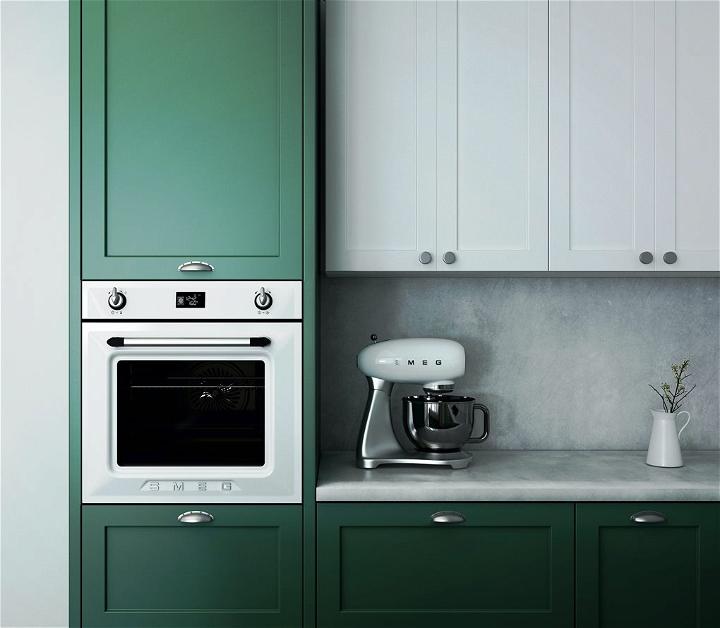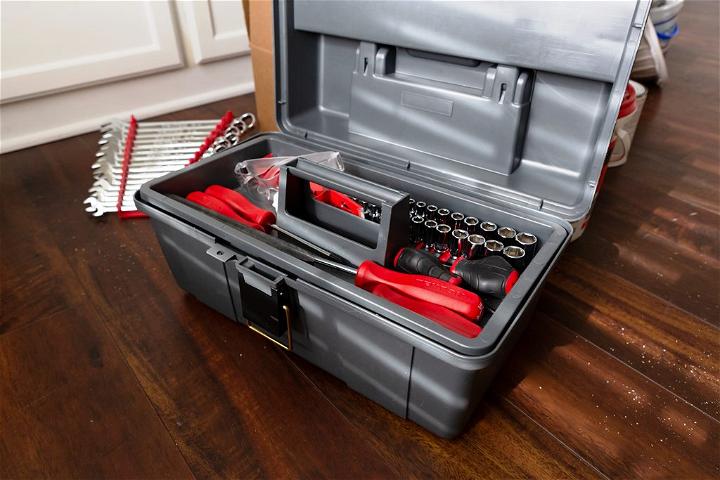The appliances and equipment in every house are essential elements that ease and alleviate daily tasks and facilitate life in general. Having to deal with damage and repair issues is quite common, especially if you misuse or don’t properly care for your items. Most major home appliances are built to last a while, so if you face frequent repair and maintenance issues, you should check your power supply system, and go through your user manuals to ensure efficient utilization and compliance with warranty conditions.
The repair process varies from one appliance to another. If you experience repetitive problems with one of your appliances, there’s a chance that the problem may lie with how it was manufactured. In this case, you should seek coverage under your manufacturer’s warranty. When buying home appliances it’s important to research brands and check whether it’s reliable or if any clients previously reported any issues with their products. You should also consider the price factor as an indication of quality; home appliances are usually expensive products that are manufactured with high endurance and long-term usage in mind. Here are 6 ways to protect your home and appliances.

1. User Manual
The user manual that comes with home appliances or any other device has very important information about the installation process, and how to run, use, and maintain the equipment. Although it’s crucial to read through the instructions manual that the manufacturer created, most people simply ignore this step. Skipping this essential step usually leads to unsatisfactory results that can be costly and annoying in the long run. Before you rip off the box, remember that you might end up ruining a costly machine that’s meant to make your life easier. Simply because you can’t be bothered to read and understand or because you think you know better, doesn’t mean you should disregard the instructions. A good piece of advice here is to avoid hitting a rock when you don’t have to. The user manual is there for a reason; it helps you know the proper way to install and operate your new appliance without sabotaging it.
2. Power Requirements and Outlets
When it comes to installing home appliances, power safety is nothing to mess with; it’s a serious issue that must be given adequate consideration. You must read carefully and follow the instructions given in the manual. It’s safer to plug home appliances directly into the outlet; avoid using extension cords or power strips. If available, use GFCI outlets, since they reduce the risk of experiencing electrical shock or being electrocuted. One of the most important things when dealing with electric power safety is to plug your appliances into a dedicated electrical circuit. To ensure that you have reliable and safe electrical circuits, you need to make certain that appliances are plugged into separate circuits and that they don’t exceed their power capabilities. As a general safety rule, you need to keep all your home appliances away from any nearby water source. A power outage is not damaging on its own to your appliances. The danger is created only when the power returns after having been out for a brief period.
3. Regular Cleaning
You can maintain a longer life span for your home appliances by using simple tips like regular cleaning. We know that cleaning home appliances is not much fun but removing dust, crumbs, and debris after use increases the longevity of your device. Cleaning doesn’t only help maintain your home appliance, it also maintains your and your family’s health. Any home equipment is subject to contamination. Whether it’s your microwave, washing machine, or dishwasher, they all have heating systems, which is the perfect environment for bacteria and microbes to multiply exponentially. Food, clothes, and dishes contamination is the worst of all since it directly affects your body. Regular cleaning will keep you and your home appliances safe.
4. Home Warranty and Repair Coverage
Wear and tear is an inevitability; it happens to almost everything we regularly use or stop using for a long period. At this point, home warranties and repair coverage come in handy in avoiding additional expenses in case of damage. Homeowners might think the cost of home warranty is not worth the benefit, however, when damage occurs the cost for repair or replacement for any device can be major and unexpected. It’s better to be covered and enjoy peace of mind.
5. Check the Cords
Keep this one on your checklist to do every once in a while. Cords and coils are subject to damage and can pose serious risks not only to your home but to your life and the life of your loved ones. This is something you never want to jeopardize; the plugs, cords, and coils attached to your home appliances can become cracked or frayed for any reason. Avoid placing them under furniture or rugs, or stapling them. If you notice signs of cracks or overheating, unplug the appliance immediately and call for professional assistance.
6. Call for a Professional
When you start noticing problems or damage, don’t try to fix them on your own. Home appliance repair issues are usually associated with electricity problems. An electrician is an expert who’s well trained to deal with such hazards. It’s not your job to fix it; your job is to step back and call for help. Dealing with electricity requires safety measures, and your attempt to resolve the issue won’t be worth the risk involved. If there are children in the house, you have to keep an eye on them, especially since they tend to fancy plugging and unplugging cords. If they’re old enough to understand that there’s a problem, you should explain that this appliance is damaged and they should avoid using it until the technician solves the problem.

Appliance issues are quite prevalent. Whether due to misuse, installation mistakes, malfunction, or electricity hazards, frequent repair problems may unexpectedly occur. When shopping for long-term home appliances there are certain factors that you need to take into consideration. Some fundamental considerations include the brand’s durability, warranty offers, and manufacturing country. Maintaining the sustainability of your devices will ensure their longevity and will reduce the cost of repair or replacement. Power surges can also adversely impact our home appliances, and plugging all your devices into one circuit may cause great damage and unfortunate injuries. Make sure to separate power circuits and ensure that appliances don’t exceed their power capabilities. If there is any damage to cords and coils, unplug the device immediately and call for professional assistance.
